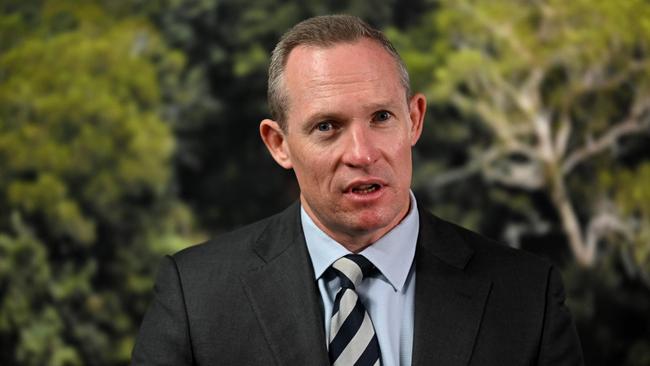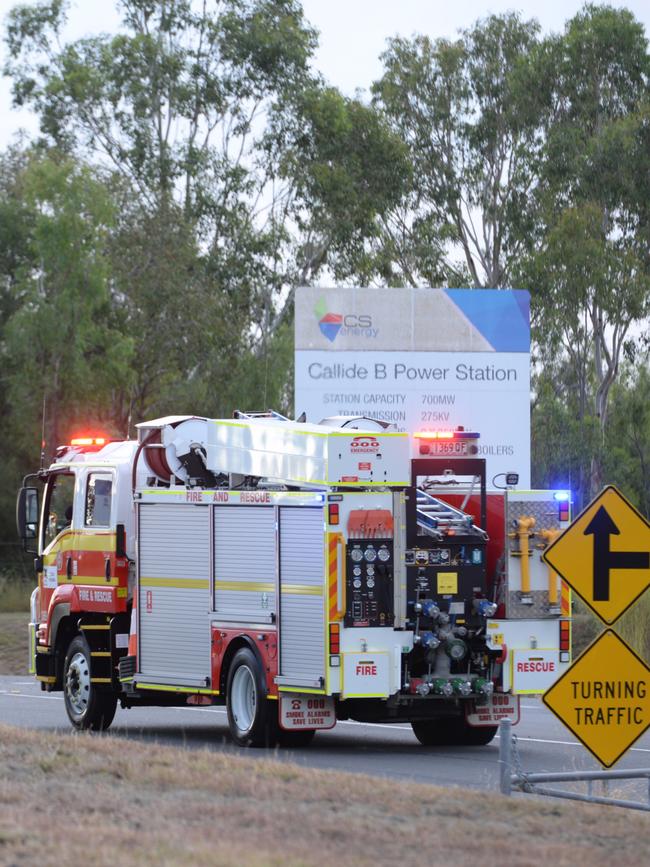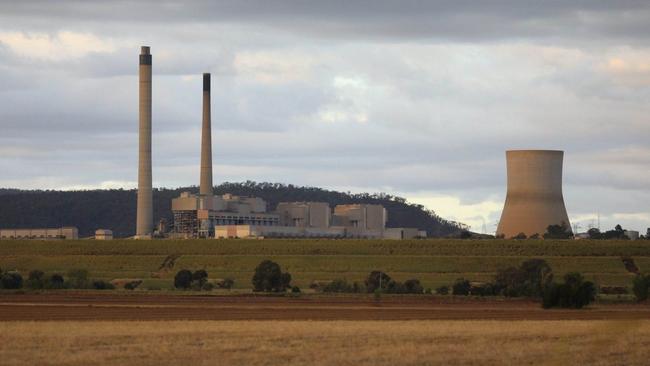Queensland Energy Minister Mick de Brenni told The Australian on Friday that an independent review of the causes of the failure will be finalised “soon”. It cannot come soon enough.
Power in the national electricity market has been more expensive, and the grid less stable, ever since Callide C left the grid - one way or another, we have all been paying a price for its failure.
It is now just over 30 months since forensic engineer Sean Brady was appointed to conduct a review of the causes of the explosion, which was followed 18 months later by the collapse of a cooling tower at the same power station, operated by the Queensland government’s CS Energy.
Commissioned in 2001, Callide is one of the youngest of Australia’s coal-fired power plants and experts across the power industry agree on at least one thing - two incidents of this type should simply not happen at a modern power plant.

The causes of the twin incidents may well be complicated.
But a 30-month investigation is beyond a joke - the 2017 Banking Royal Commission took less time to report its findings.
That is not intended as a criticism of Dr Brady, an expert in his field. But, if there was sufficient political will to find out the causes of an explosion that took such a significant generator out of the Queensland energy system, Dr Brady should have been given the resources and powers necessary.
Deloitte is now taking offers for the sale of the privately-owned half of the power plant, after a disagreement between its owners, Czech power investor Sev.en and China Huaneng Group and Guangdong Energy Group, sent their jointly-owned holding company into administration.


As The Australian revealed on Saturday, Sev.en is now seeking to push the issue, heading to the Federal Court to seek the appointment of a special purpose administrator to pursue a separate investigation into the causes of the twin incidents.
Their fear is that CS Energy could buy the other half of Callide C on the cheap, and that the sale conditions could come with a release preventing private investors in the power station from pursuing legal action against the operator if the explosion was caused by negligence or maladministration.
That claim, they say, is a source of significant value to the holding company, IG Power Callide (IGPC), and Deloitte should be as angry as IGPC shareholders that answers are not available 30 months after Dr Brady’s appointment.

Deloitte will oppose this push, arguing the appointment of special purpose administrators will delay a sale and therefore a return to all creditors - not just Sev.en. They are also likely to argue that Sev.en’s legal case is little more than an attempt to acquire leverage to extract some sort of financial settlement from the Queensland government.
What is clear, from the public record, is that Callide C was a cash cow for all parties.
In the 2019 and 2020 financial years CS Energy paid a total of $239m in dividends to the Queensland government which came, in part, from the profits made by the Callide C power station. In 2019 and 2019 IGPC paid $94.7m in dividends to its parent company.
Did the operators skimp on maintenance works, or cut corners elsewhere to keep the cash flowing?
Or were the twin catastrophes at Callide simply a matter of bad luck?
At the heart of the matter is whether Queensland’s state-owned enterprises have been a competent and effective steward of the state’s power generation assets.
We will not know the answer to that until Dr Brady reports, or until another external investigation is conducted.
Curiously enough, however, CS Energy’s last annual report says the government-owned company last year hired a second group of consultants - Advisian, where current CS Energy chairman Adam Aspinall used to work - to conduct “an independent assessment of the condition of the plant and equipment at all of our power stations and review the effectiveness of our asset management systems”.
That report has never been made public either, although CS Energy says it is working with Advisian to implement the report’s recommendations.
If Mr de Brenni is right, and Dr Brady’s report is imminent, it should be released before Deloitte closes the sale of IGPC’s half of Callide C. If it is delivered after that point, it will be all too easy to dismiss the matter as a thing of the past, and let it go to quietly gather dust on a shelf somewhere.
But Queensland households have been paying the price for the failures at Callide C. They have the right to know what caused the catastrophes.





It is well past the time that Queensland voters were told what caused the catastrophic explosion at the Callide C power station in May 2021.